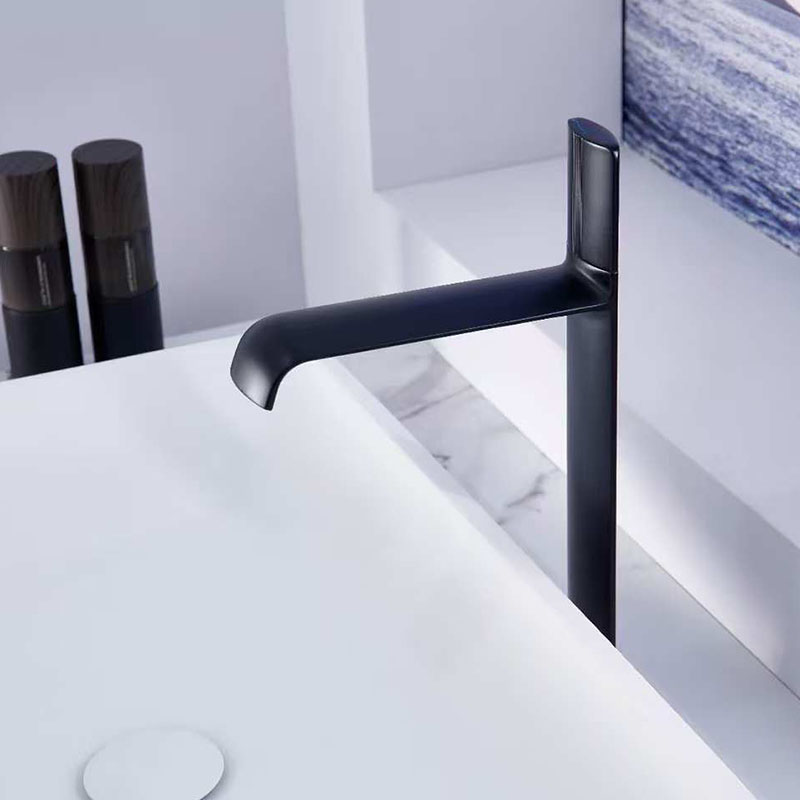Analysis Of The Technical Development Trend And Consumer Demand Of Smart Bathroom Products
Driven by the Internet of Things, artificial intelligence and 5G technologies, the bathroom industry is accelerating the iteration from traditional functional products to intelligent and scenario-based products. Smart bathrooms have not only become the standard of quality life, but also opened up new growth tracks through technology integration and user demand insights.
1. Technology development trend: from single product intelligence to full-scenario collaboration
The Internet of Things (IoT) builds an interconnected ecosystem
The core of smart bathrooms lies in data interoperability and scene linkage between devices. Through embedded sensors and low-power wide area networks, toilets, showers, mirror cabinets and other equipment can share data such as water consumption, energy consumption, user habits, etc. in real time, and optimize system operation based on cloud AI. For example, a brand of smart toilet monitors the frequency and duration of users going to the toilet, links the fresh air system to automatically remove odors, and pushes abnormal data to the health management APP to indicate potential intestinal disease risks.
Edge computing improves real-time response capabilities
The traditional cloud processing mode has pain points such as high latency and high privacy risks. Edge computing technology achieves millisecond-level response through localized data processing. For example, the smart shower system analyzes water temperature and water pressure data locally, dynamically adjusts the opening of the thermostatic valve core, controls temperature fluctuations within ±0.3℃, and avoids the security risks of uploading user data to the cloud.
Innovation in flexible electronics and biosensors
Breakthroughs in technologies such as flexible pressure sensors and sweat biomarker detection have promoted bathroom products from "passive services" to "active health management". An experimental bathtub has embedded flexible electrodes, which can monitor the user's heart rate variability through changes in skin impedance, combine AI algorithms to evaluate the stress index, and automatically adjust the water temperature and fragrance concentration to create a personalized relaxation plan.
5G+AR/VR enables remote interaction
With the low latency characteristics of 5G and augmented reality technology, users can remotely connect to designers through smart mirrors to preview the effects of bathroom renovations in real time; maintenance personnel can obtain internal structure data of the equipment through VR glasses and guide users to complete simple maintenance such as filter replacement.

2. Changes in consumer demand: from functional satisfaction to emotional resonance
The demand for health management has exploded
In the post-epidemic era, consumers' attention to the health attributes of bathroom space has increased significantly. The survey shows that:
68% of users hope that smart toilets have routine urine testing functions;
52% of consumers are willing to pay a premium of more than 20% for shower systems with real-time water quality monitoring.
The urine test toilet seat launched by a certain brand can detect 12 indicators such as urine protein and occult blood through test strip scanning and AI image recognition technology. The data is directly connected to the hospital HIS system, and the sales volume exceeded 100,000 units in half a year.
Personalized experience has become the focus of competition.
Young consumers pursue customized services with "thousands of faces":
Bath scene customization: smart showers support saving multiple groups of user preferences;
Creating space atmosphere: The mirror cabinet has a built-in AI voice assistant, which can play customized music and lighting scenes according to the user's emotions.
The voice-controlled shower system of a high-end brand automatically matches user profiles through voiceprint recognition, realizing the seamless switching of "one person, one voice, one mode".
Energy saving and sustainability drive purchasing decisions
The EU energy labeling system and consumers' environmental awareness have forced companies to optimize product energy efficiency:
The water saving rate of smart toilets has increased from the national standard of 6L to 3.8L/time;
The COP value of air-energy water heaters has exceeded 4.0, which is 60% more energy-efficient than traditional electric heating.
A brand's smart water-saving algorithm dynamically adjusts the water tank capacity by analyzing household water use habits, allowing a family of four to save 12 tons of water per year.
3. Industry challenges and market strategy recommendations
Technology implementation bottlenecks
Cost pressure: The unit price of flexible sensors exceeds US$20, which restricts product popularization;
Lack of standards: The interconnection protocols of different brands of equipment are not unified, and the whole house smart experience is fragmented.
Suggestions: Reduce costs through government subsidies and large-scale production; promote industry associations to formulate unified communication protocols.
Data security and privacy protection
bathroom equipment involves health data, and users are increasingly concerned about privacy leaks. A survey shows that 43% of consumers refuse to use smart toilets due to privacy issues.
Suggestions: Use federated learning technology to ensure local data processing; encrypt user health information through blockchain.
Market education and channel innovation
Consumers lack awareness of emerging functions, and the traditional distribution system is difficult to support experiential marketing.
Suggestions:
Set up a "smart bathroom experience cabin" in the store to simulate home scenes;
Carry out "30-second function planting" through short video platforms to focus on pain point solutions.


